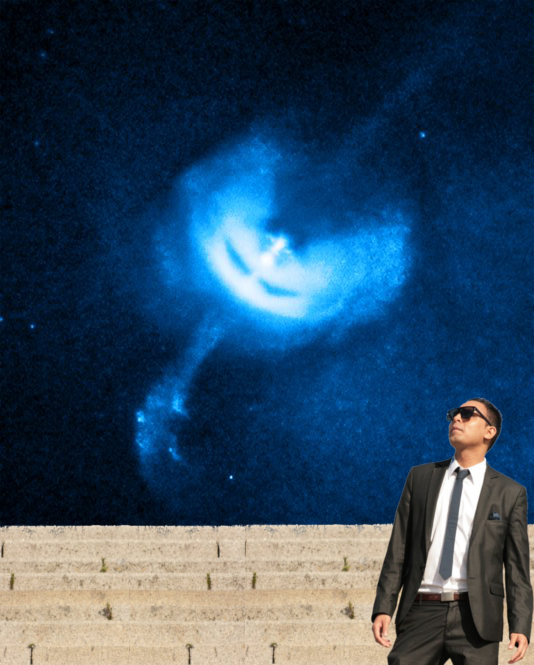Balloon barrels down, rushed off for research
 A research balloon the size of a stadium has turned up on a property near Muttaburra in central Queensland.
A research balloon the size of a stadium has turned up on a property near Muttaburra in central Queensland.
The balloon took off in Alice Springs yesterday, carrying 800 kilograms of scientific equipment to collect data on gamma from the Vela Pulsar, a collapsed star 1,000 light years from Earth.
It took two hours to reach its operating height 35 kilometres above the Earth, spending the rest of the day floating around and gathering important astrophysical information.
Associate Professor Ravi Sood from the Australian Balloon Launching Station said recovery teams were now rushing to the site – which was picked for its remoteness and lack of vegetation – to collect the scientific equipment on board within 12 hours.
The balloon contains hyper-sensitive core detector plates that must be kept cold at all times, or risk degrading their data.
The rig will be recovered and transported by road to Sydney University to have its plates developed, so that scientists can sink their intellectual teeth into the fresh flesh of otherworldly information.
The Australian team is searching for more details on the Vela Pulsar neutron star, which was formed when a massive star collapsed.
The Vela Pulsar spans about 19 kilometres in diameter and rotates a stunning 11 times per second.
NASA says that as the star spins, it “spews out a jet of charged particles that race out along the pulsar's rotation axis at about 70 per cent of the speed of light”.
This experiment has been considerably more successful than previous attempts, including one mission that saw a similar balloon fail to launch, sending cars flying and researchers running in all directions.








 Print
Print